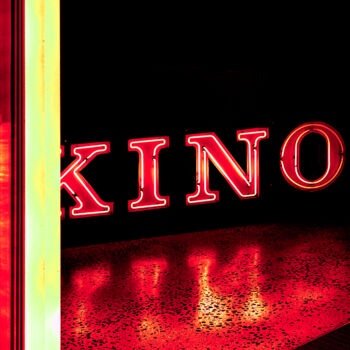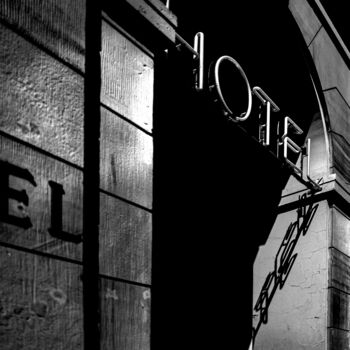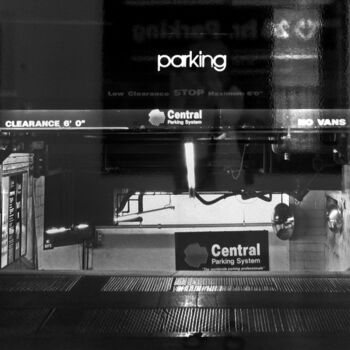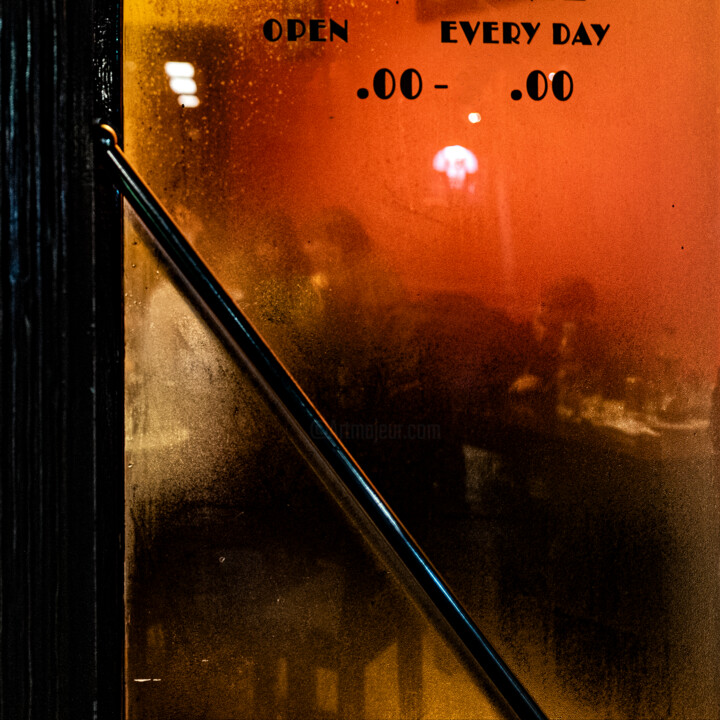

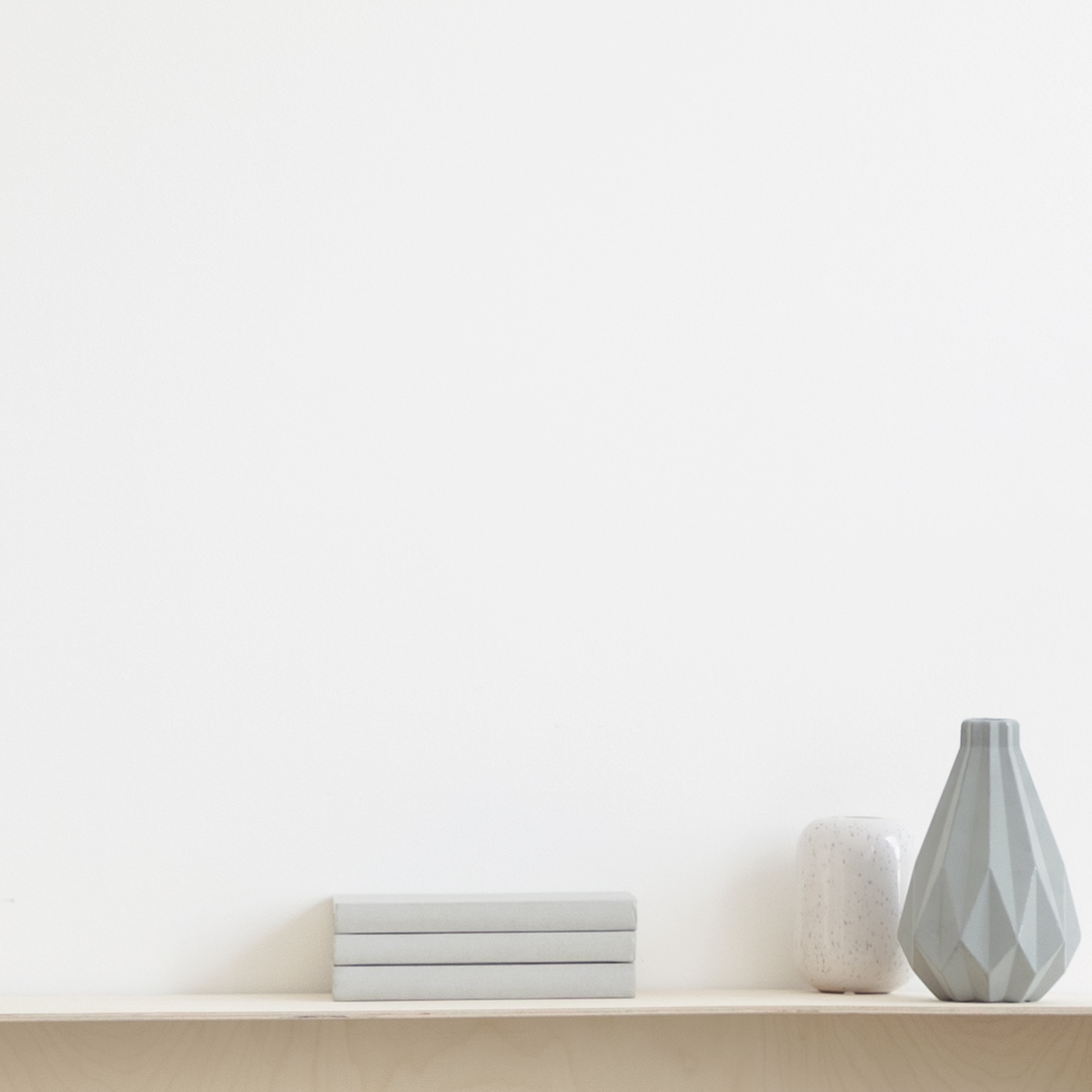
Let us know if you would like to see more photos of this artwork!
- Back of the work / Side of the work
- Details / Signature / Artwork's surface or texture
- Artwork in situation, Other...
RED BAR # 85. FROM THE CYCLE: BARS (2019) Photography by Marta Lesniakowska
More info
- Packaging (Box or cardboard packaging) All artworks are shipped with a premium carrier, carefully protected and insured.
- Tracking Order tracking until the parcel is delivered to the buyer. A tracking number will be provided so that you can follow the parcel in real-time.
- Delay Worldwide delivery in 3 to 7 days (Estimate)
- Customs not included The price does not include customs fees. Most countries have no import tax for original artworks, but you may have to pay the reduced VAT. Customs fees (if any) are to be calculated on arrival by the customs office and will be billed separately by the carrier.
More info
- Trackable Online Certificate of Authenticity Authenticity Certificates can be verified online at any moment by scanning the artwork code.
- Artist Value Certification Experts study the work and career of an artist then establish an independent and reliable average price value. The average price value situates the artist on a price range for a given period. The experts may also be asked to establish a more precise estimate for a particular work.
More info
100% secure payment with SSL certificate + 3D Secure.
More info
-
Original Artwork (One Of A Kind)
Photography,
Digital Photography
/
Non Manipulated Photography
on Paper
- Dimensions Height 15.8in, Width 15.8in
- Artwork's condition The artwork is in perfect condition
- Framing This artwork is not framed
- Categories Photographs under $5,000 Expressionism City
Fotografia wystawiona:
1/ XVIII Biennale Plakatu Fotograficznego, Płock 2015, Polska, reprodukowana w: Katalog XVIII BPF 2015 s. 17
2/ 12th International Photography Exhibition “Mask” 2018, Cerkno Museum, Słowenia.
3/ 49 Aukcja Sztuki Młodej, Galeria „Pragaleria”, Warszawa, Polska 2021
Fotografia reprodukowana w artykule: Olimpia Gaia Martinelli, Portrait d'Artiste:Marta Lesniakowska, "Artmajeur Magazine" 2023 nr 26 p. 38-40.
In my “Bars” series, nothing is clear. Through the fogged glass, indistinct figures plunge into a red-orange glow. The seemingly ordinary, random scene, from which we are separated by a metal railing cutting diagonally through the frame, is disturbing, dark, dreamlike, and in my memorable view dialogues with the aesthetics of cinema noire and Saul Leiter's street photography. It refers, on the one hand, to Pablo Picasso's strategy of merely suggesting a scene rather than depicting it mimetically (“Moulin de la Galette,” c. 1900). And at the same time to the opening frames of Tony Scott's film debut “The Hunger” (1983) with the interior of a New York nightclub, where the lights barely pierce through the cigarette smoke. I'm reaching here for the strategy of objective correlative used, for example, in modernist poetry: juxtaposing a particular object or phenomenon in such a way as to evoke an emotion in the reader - as in “Unreal City” by Thomas S. Eliot's “The Unreal City,” which found the darkness and chaotic fragmentation of the modern metropolis in the thick brown fog hiding London Bridge. As in many of my photographs, I also use here the cinematic means developed in German Expressionism and defining the style of film noire based on the so-called low key/low light key (low key). That is, the visual effect of an image with a dark gray scale. I redefine this style in diffuse color, blurs and out-of-focus. Such an organized image field determines the psychophysiology of reception, evoking negative emotions, sadness, disapproval, drama, etc. My photograph thus transmediates with modernist photography to ask how and why it resonates in the metamodern photography I practice today. The photograph is from the larger series “Bars.” (ml)
Photograph exhibited at:
1/ XVIII Photo Poster Biennale, Plock 2015, Poland, reproduced in: XVIII BPF 2015 catalog pp. 17
2/ 12th International Photography Exhibition "Mask" 2018, Cerkno Museum, Slovenia.
3/ 49th Auction of Young Art, "Pragaleria" Gallery, Warsaw, Poland 2021.
Photograph reproduced in the article: Olimpia Gaia Martinelli, Portrait d'Artiste:Marta Lesniakowska, 'Artmajeur Magazine' 2023 no. 26 p. 38-40.
Collector's digital photography, color. Digital print on Hahnemühle Photo Rag Baryta 315g (semi-flash), archival paper, acid-free. signed on the front and on the reverse, dated 2019, print 2022. Size: 40x40 cm, paper 50x50 cm. not glued, without frame. Certificate of Authenticity. Without damages. Archived file: L1070885.DNR
Marta Lesniakowska is an artist photographer but also, at the same time, historian and art critic, she does research on visual culture. This is what determines his approach to photography: a strategy of the “look that remembers”, which recalls familiar images from the history of art in order to transmit/intertextualize them. Her dialogue with them consists in asking herself if it is possible to evoke their meanings and what they are or can be today. She is fascinated by light - its role in the construction of the image, the parergon that creates the image. This is why, in street photography, she analyzes the interplay of light and dark, the relationship between sharpness and blur and the interpenetration of images as simultaneous realities. In this way, she brings out the mysterious character of the city, referring to the aesthetics of black cinema and to the master of 20th century street photography, Saul Leiter.(ml)
When she takes photographs, nothing is more or less important to her; his gaze is often governed by the principles of minimalist poets: an economy of detail, the discovery of subtexts and insinuations hidden in invisible objects and bits of everyday reality.
Marta Lesniakowska lives and works in Poland. His works are part of public collections (National Museum in Wroclaw, Museum of Bydgoszcz) and private collections (Netherlands, Denmark, Germany, Sweden, Switzerland, United States).
-
Nationality:
POLAND

- Date of birth : unknown date
- Artistic domains: Works by professional artists,
- Groups: Professional Artist Contemporary Polish Artists




